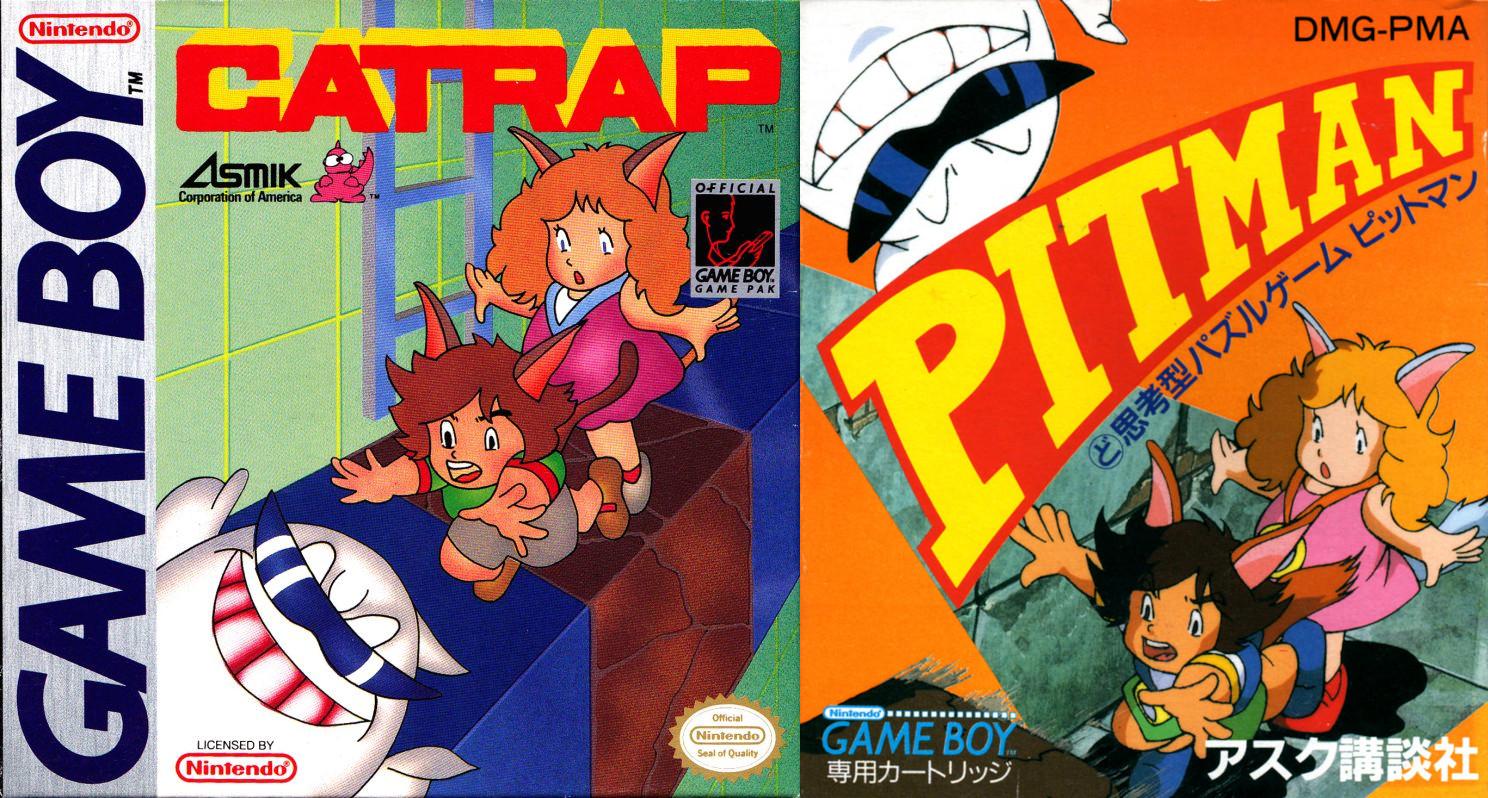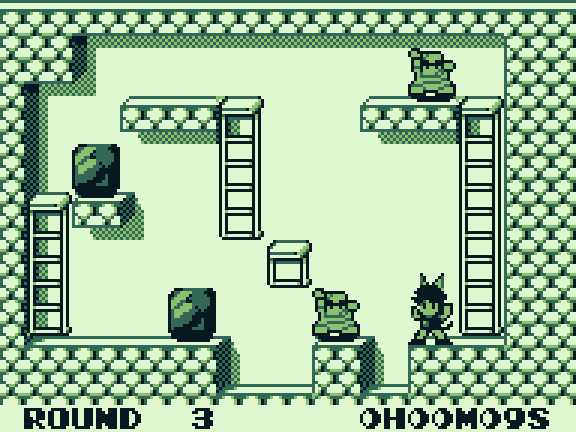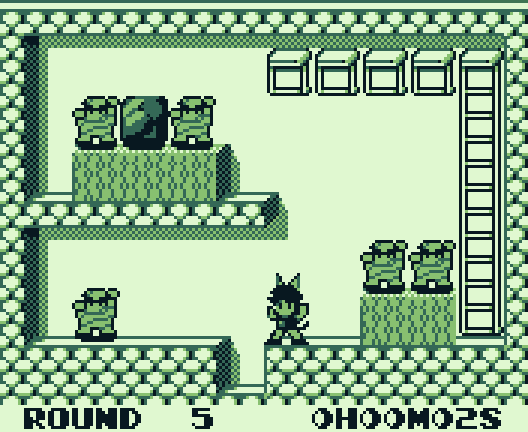Have you ever found yourself jumping into a brand new game, only to find that the tutorials within are so lengthy and word heavy that all the wind has been taken out of your sails before you had a chance to really dive in?
Conveying the ‘how to play’ information for any game can easily become bogged down in long winded text boxes and time consuming step by step, hand holding exercises. It’s a common problem in game design, and a difficult one to solve. And while some genres will always lend themselves to relatively more complex control schemes and game mechanics than others, when it comes to the humble tutorial, there are some things to keep in mind to ensure your game doesn’t weigh itself down so much that it ends up sinking.
Back when games came packaged in cardboard boxes, complete with detailed instruction manuals, game designers didn’t necessarily need to worry about in-game tutorials. Players were expected to do a little light reading before they switched on the game, pressed start and were sent on their merry way. With the rise of digital downloads (and I like to think a little consideration for environmental conservation), the industry shifted away from the paper instruction manual and has been solving the problem of in-game tutorials ever since. In this respect, there is one game that was well ahead of the curve. Catrap not only doesn’t require you to sit down and read through a manual before playing, its in-game tutorials elegantly teach you the rules of play without a single word!

Known as Pitman in Japan, Catrap is a puzzle platform game first released on the Sharp MZ-700 computer in 1985 and later developed for the Nintendo Game Boy by Asmik in 1990.
Let’s take a look at the first five rounds of the game in detail – as if we were playing it for the very first time – and let them do all the talking.

In the first round we are presented with a corridor, a cat-boy named Catboy on the left side (the player character), two creatures that look very much like the pokemon grimer and a stone and a pit to the right. This opening stage is quite frankly genius in its simplicity because you only need to do one thing to complete it – and that’s hold right!
Having done exactly that, Catboy will walk into the first grimer, which knocks it out. He will then push the stone into the pit, thereby creating a bridge and finally, will knock out the final grimer which, in turn, completes the stage. So by pressing and holding a single button, the player has learned how stones and pits work and what conditions need to be met in order to complete a stage – knock out all enemies! No text, no button prompts, just unadulterated gameplay. That is one clean tutorial!

The second round is a straightforward one. The player will learn that, in the absence of a jump mechanic, Catboy can traverse a level vertically by climbing ladders, he will fall straight down when walking off a ledge and that rocks can stack. Ultimately, the solution is the same as round one, albeit the puzzle is a little more complex – push the stones into the pit so that grimer can be knocked out.
The philosophy regarding Catraps level design and tutorials is beginning to unveil itself at this point. In order to keep the learning process intuitive, it focuses on two main points:
- Keep things simple. The levels are very bare bones at this stage and very compact. In other words, there isn’t much information to process here.
- Keep the introduction of mechanics to a bare minimum per stage. One (or two at a maximum) is perfect to ensure the player isn’t overloaded with new concepts all at once.

In the third round, the player will learn that stones can’t be pushed when sitting next to each other – if the top stone is pushed down to the right before the bottom stone is pushed into the pit, it will prevent the player from completing this round. This detail also becomes important in later rounds. Most importantly, there are no new mechanics introduced in this round. Instead, the level designer tests the player’s comprehension of the mechanics learned in the previous two rounds. This choice brings to attention a third point worth remembering:
- Give the player some downtime and a chance to practice in between tutorials.
Just because there may be a lot for the player to learn, that shouldn’t translate to a continuous stream of new concepts to introduce. Giving the player a chance to apply their new found knowledge in between tutorials will ease demand on the players attention span and allow for full comprehension through practice.

The fourth round is back to a simple tutorial. The player can dig out the soil underneath the stone by walking through it. Then it’s a simple matter of pushing the stone into the pit and knocking out the grimer again. The level design has returned to a relatively compact and simple layout to ensure the player focuses on the new soil mechanic.

Here is the last stage I’d like to show you. Just as with round 3, the level designer has expanded the level layouts size and increased the puzzles complexity, giving the player a chance to prove they have understood the lessons learned in the previous rounds.
For the next ninety five rounds, the flow of gameplay from round to round follows this beautifully simple design philosophy. Of course, by the time you reach round 25, the game is throwing some pretty mind-bending puzzles your way already! But because Catrap’s levels have been designed carefully and ordered with an abundance of consideration, the player has never been thrown in the deep end and asked to swim without first being shown how to paddle. What’s more is the first ninety nine rounds can be played in any order, so you can always move on to another puzzle if you find yourself getting stuck.
To reiterate:
- Keep the introduction of new information and ideas succinct.
- Give the player a chance to practice before moving on to something new.
- Expand on those ideas with gradual complexity.
- Repeat!
Not all the mechanics or systems within a game will be simple enough that a textless tutorial will suffice. If you are developing an RPG for example, chances are you won’t be able to let your player figure it all out on their own. In fact, the player will likely succumb to information overload and turn off the game well before you can hook them in the first place. But even so, the same philosophies that Catrap utilises can be applied to even the most complex game when you allow the player experience to slow down and above all – control the flow of new information.
If you can’t tell by now, I’m a huge fan of Catrap. It’s one of the best examples of elegant level design on the Game Boy and after more than thirty years, it can still hold its own when placed shoulder to shoulder against contemporary logic puzzle games. It even has its own level editor!

Why not have a go at Catrap and try out the level editor yourself? See if you can design a level or two for a friend or family member to play using the same design philosophies discussed in this article and enjoy one of the great masterpieces of the original Game Boy.

Independent Games Designer, Artist, Film Enthusiast and Full-time Dad (he/him). Check out my games here!
